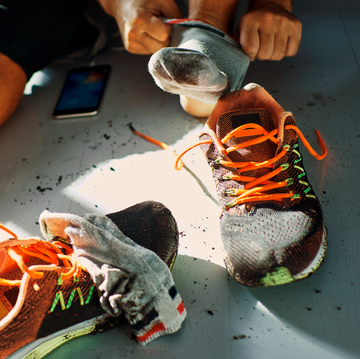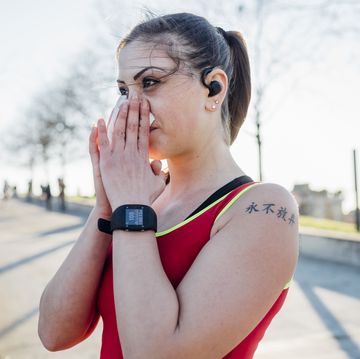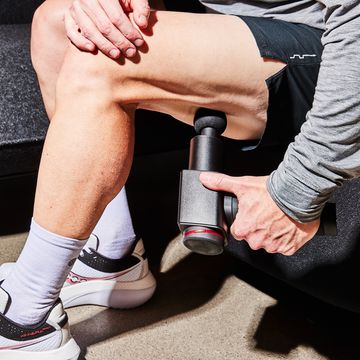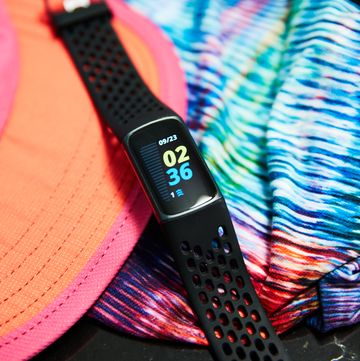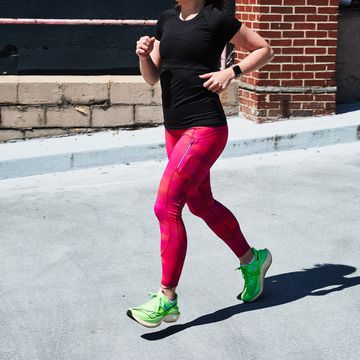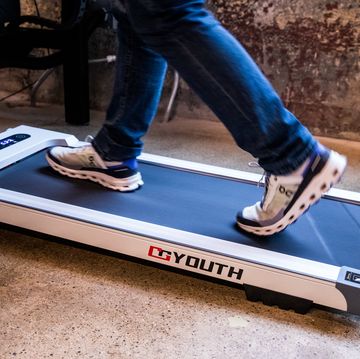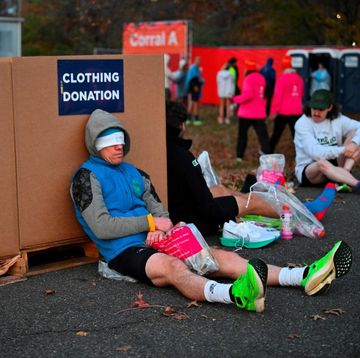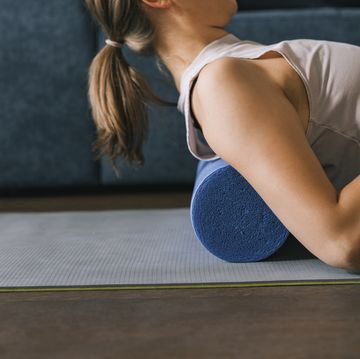From the "picture is worth a thousand words" department:
That's data from a study that monitored injury rates among 112 athletes at a junior high/high school in Los Angeles, published last year in the Journal of Pediatric Orthopaedics. The researchers surveyed the student-athletes on a bunch of behaviors -- sleep hours, hours spent practicing sport within the school or with private coaches and club teams, strength training, etc., then linked the results to 21 months of retrospective injury data (this is a pretty fancy high school, Harvard-Westlake). Of all the factors they looked at, sleep hours was the strongest predictor of injuries -- stronger than number of practice hours! And the second-best predictor of injury was... grade: the older they got, the more likely they were to be injured. (I misread that initially -- thanks to Craig Taylor for pointing it out, and doing it gently!)
You can't draw overly specific conclusions about why lack of sleep was associated with injuries from this study; after all, these were athletes in a wide variety of sports, and the injuries ranged from wrist problems to eye injuries. Whatever the mechanism, the benefits are pretty clear. As Trent Stellingwerff, who pointed this study out to me, says: "sleep = the cheapest and least painful performance intervention currently on the market."
***
Read the Sweat Science book, and follow the latest posts via Twitter, Facebook, or RSS.



